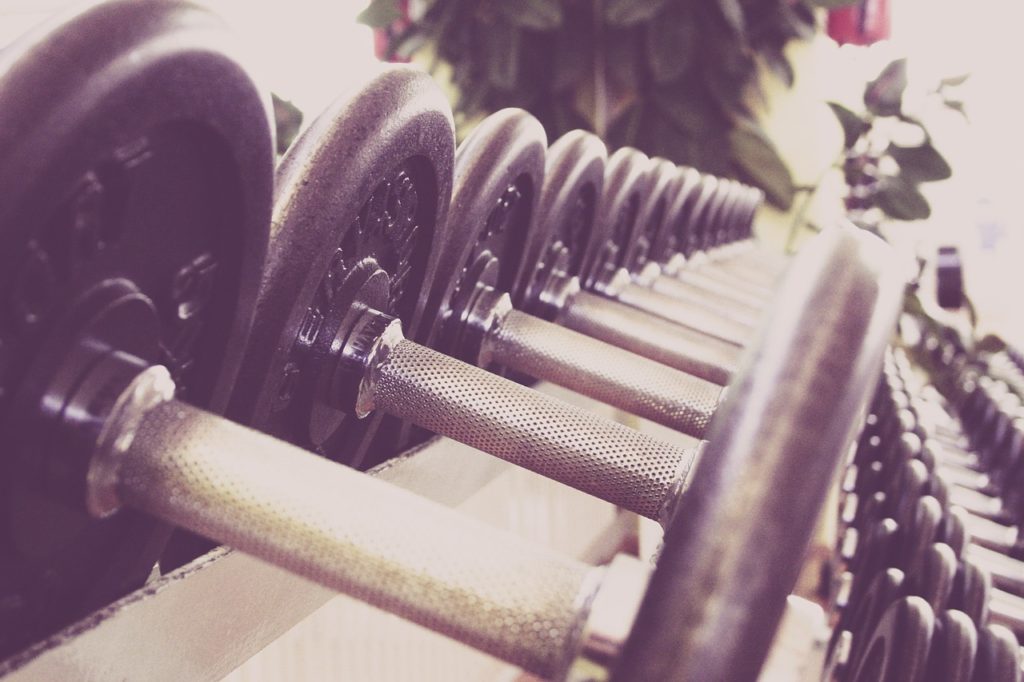Case Presentation: Allen is a pleasant 60-year-old male with new onset heartburn, food regurgitation, bloating and excessive burping. He is otherwise healthy and maintains a healthy lifestyle. 6 months prior to presenting to Houston heartburn and Reflux Center, Allen started heavy weight lifting. He was using up to 400 pounds on leg presses and he has never weight earlier in his life. One month into his training regimen, he started experiencing heartburn during and after exercise. His acid reflux symptoms continued to progress, but he did not stop weight lifting. He started self-medicating with OTC heartburn pills like Prilosec and Nexium, but symptoms were hard to control especially at night.
Upon evaluation, Allen was found to have a Hill grade 3 hiatal hernia with distal esophagitis and increased esophageal acid exposure on ambulatory pH testing. Manometry showed good esophageal motility and decision was made to proceed with laparoscopic hiatal hernia repair and Nissen fundoplication for stage 3 GERD. During heartburn surgery, the hiatal hernia is dissected, and patient was found to have a 6 cm hiatus opening and loose mediastinal adhesions. Loose adhesions are suggestive of acute herniation. In the setting of this presentation, hiatal hernia development may be attributed to heavy weight lifting.
Hiatal hernia is associated with acid reflux disease. Furthermore, hiatal hernia contributes to acid reflux. Acid reflux, however, is the most common cause of hiatal hernia development and growth. Constant acid reflux into the esophagus not only damages the mucosal layer but also results in chronic inflammation in the muscularis layer that extends into the mediastinum. Esophageal circular and longitudinal muscles contract secondary to inflammation and retract into the chest like a spring. Mediastinal inflammation weakens the delicate fibers of the phreno-esophageal membrane surrounding the distal esophagus. Both, esophageal retraction into the chest and weakened phreno-esophageal membrane contribute to hiatal hernia formation and growth over time. The inflammatory process can also destroy the lower esophageal sphincter function and lead to low basal pressure on manometry. In certain cases, lower esophageal basal pressure is elevated with poor relaxation secondary to severe and dense adhesion formation around the sphincter due to severe acid reflux disease. During hiatal hernia surgery, mediastinal adhesions secondary to GERD related inflammation are dissected to release the retracted esophagus and restore normal anatomy. Normal anatomy consists of 3 to 4 cm of intra-abdominal esophagus.
Less common causes of hiatal hernia formation include genetic factors, smoking and processes that increase intra-abdominal pressure like chronic coughing and heavy lifting. There is little evidence in the literature to establish a causative relation between weight lifting and hiatal hernia formation. However, weight lifting when not done properly and in the absence of professional guidance can lead to serious joint, and muscle injury. Older individuals, who may already have a small sliding hiatal hernia, are particularly prone to weight lifting related injuries and caution must be exercised to avoid hiatal hernia formation and acid reflux development.

